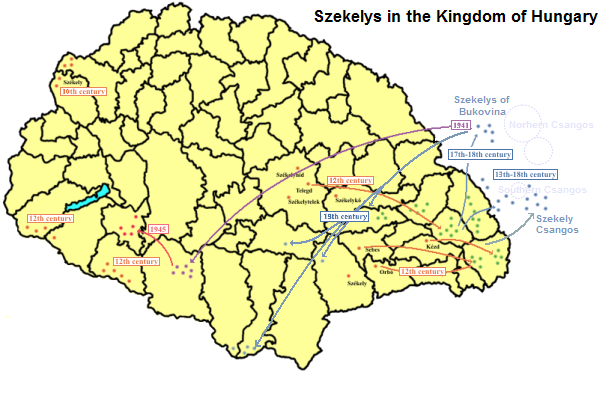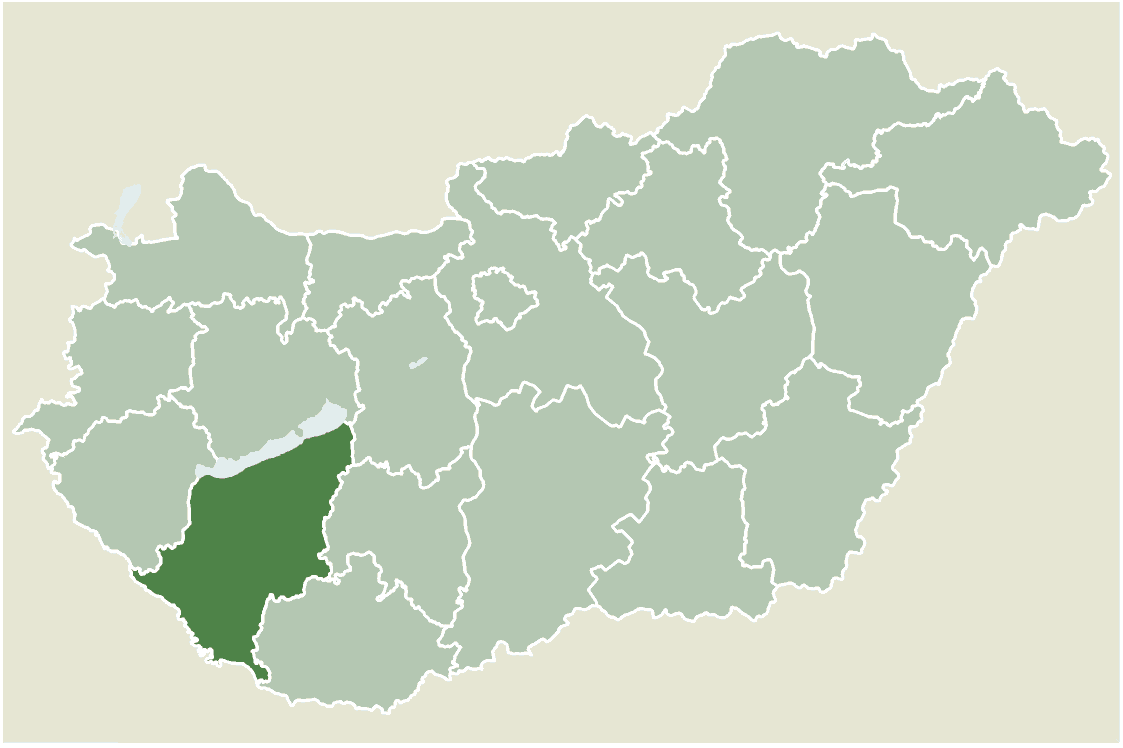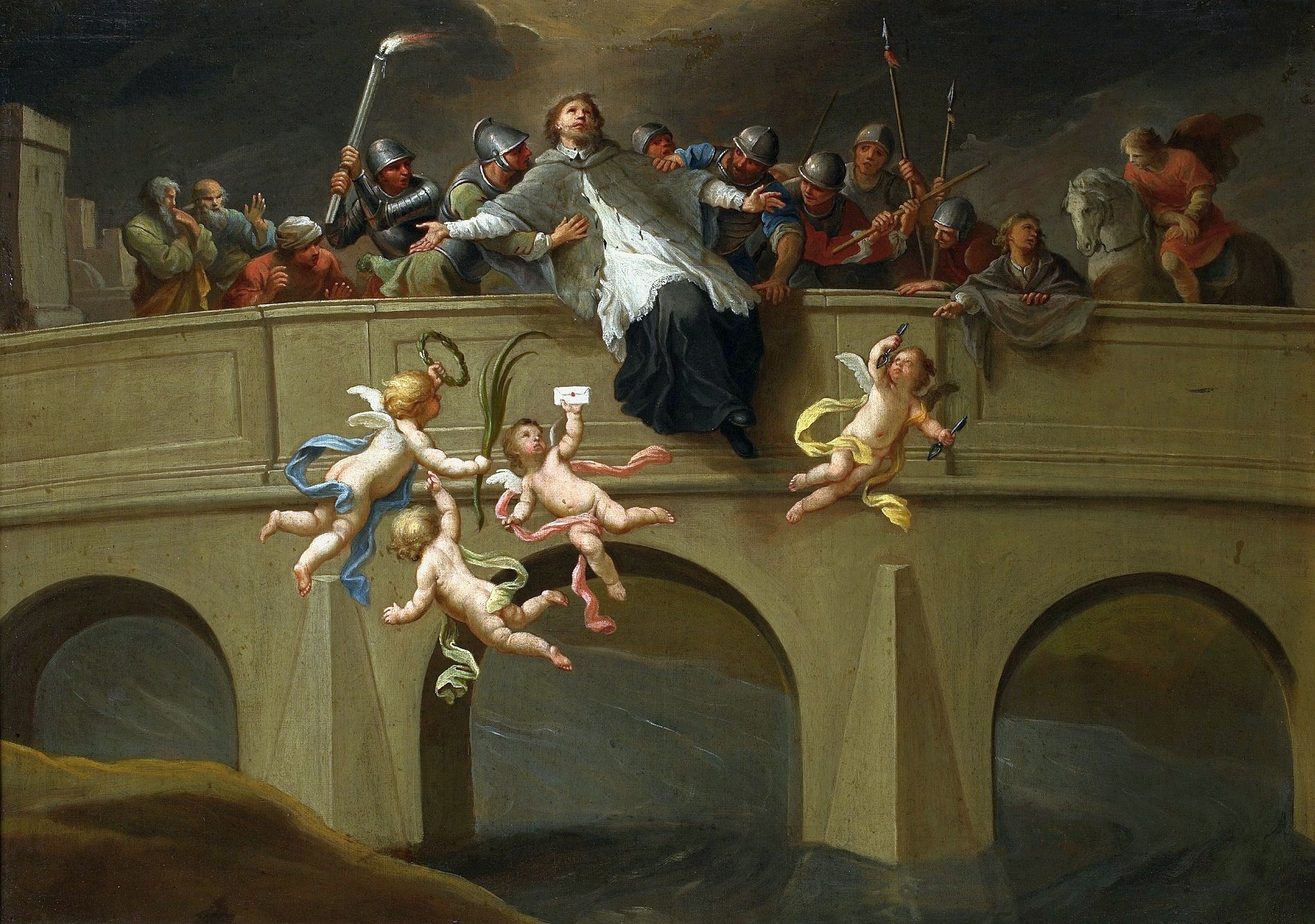|
Lupeni, Harghita
Lupeni ( hu, Farkaslaka, Hungarian pronunciation: , meaning "Wolf's Home") is a commune in Harghita County, Transylvania, Romania. It lies in the SzÃĐkely Land, an ethno-cultural region in eastern Transylvania. Geography Lupeni is situated on the Feernicul ( hu, FehÃĐr NyikÃģ) stream, 13 km northwest of Odorheiu Secuiesc on the road to Corund and Sovata. The usually small ''FehÃĐr NyikÃģ'' stream became so swollen in the catastrophic floods of 2005 when 11 centimeters (4.3 inches) of rain fell in the space of two hours, that three people lost their lives when they were swept away as the water rose over four meters. Component villages The commune is composed of nine villages: History The commune was historically part of the SzÃĐkely seat of UdvarhelyszÃĐk until 1876. After the administrative reform in the Kingdom of Hungary it became a part of the Udvarhely County until 1918. In 1920, the villages, like the rest of Transylvania, formally passed with the Treaty of Trianon ... [...More Info...] [...Related Items...] OR: [Wikipedia] [Google] [Baidu] |
Harghita County
Harghita (, hu, Hargita megye, ) is a county (judeČ) in the center of Romania, in eastern Transylvania, with the county seat at Miercurea Ciuc. Demographics 2002 census In 2002, Harghita County had a population of 326,222 and a population density of 52/km2. * Hungarians â 84.62% (or 276,038) * Romanians â 14.06% (or 45,870) * Romani â 1.18% (or 3,835) * Others â 0.14% 2011 census In 2011, it had a population of 302,432 and a population density of 46/km2. * Hungarians â 85.21% (or 257,707) * Romanians â 12.96% (or 39,196) * Romani * Others â 1.76% (or 5,326). Harghita county has the highest percentage of Hungarians in Romania, just ahead of Covasna county. The Hungarians form the majority of the population in most of the county's municipalities, with Romanians concentrated in the northern and eastern part of the county (particularly TopliČa and BÄlan), as well as in the enclave of VoČlÄbeni. The SzÃĐkelys of Harghita are mostly Roman Catholic, ... [...More Info...] [...Related Items...] OR: [Wikipedia] [Google] [Baidu] |
SzÃĐkelys
The SzÃĐkelys (, SzÃĐkely runes: ðģĨðģðģðģðģ), also referred to as Szeklers,; ro, secui; german: Szekler; la, Siculi; sr, ÐĄÐĩКÐĩŅÐļ, Sekelji; sk, Sikuli are a Hungarian subgroup living mostly in the SzÃĐkely Land in Romania. A significant population descending from the SzÃĐkelys of Bukovina lives in Tolna and Baranya counties in Hungary and certain districts of Vojvodina, Serbia. In the Middle Ages, the SzÃĐkelys played a role in the defense of the Kingdom of Hungary against the Ottomans in their posture as guards of the eastern border. With the Treaty of Trianon of 1920, Transylvania (including the SzÃĐkely Land) became part of Romania, and the SzÃĐkely population was a target of Romanianization efforts. In 1952, during the communist rule of Romania, the former counties with the highest concentration of SzÃĐkely population â MureČ, Odorhei, Ciuc, and Trei Scaune â were legally designated as the Magyar Autonomous Region. It was superseded in 1960 ... [...More Info...] [...Related Items...] OR: [Wikipedia] [Google] [Baidu] |
Communes In Harghita County
An intentional community is a voluntary residential community which is designed to have a high degree of social cohesion and teamwork from the start. The members of an intentional community typically hold a common social, political, religious, or spiritual vision, and typically share responsibilities and property. This way of life is sometimes characterized as an " alternative lifestyle". Intentional communities can be seen as social experiments or communal experiments. The multitude of intentional communities includes collective households, cohousing communities, coliving, ecovillages, monasteries, survivalist retreats, kibbutzim, hutterites, ashrams, and housing cooperatives. History Ashrams are likely the earliest intentional communities founded around 1500 BCE, while Buddhist monasteries appeared around 500 BCE. Pythagoras founded an intellectual vegetarian commune in about 525 BCE in southern Italy. Hundreds of modern intentional communities were formed across ... [...More Info...] [...Related Items...] OR: [Wikipedia] [Google] [Baidu] |
Kemence
Kemence is a village in Pest county, Hungary Hungary ( hu, MagyarorszÃĄg ) is a landlocked country in Central Europe. Spanning of the Carpathian Basin, it is bordered by Slovakia to the north, Ukraine to the northeast, Romania to the east and southeast, Serbia to the south, Cr .... References Populated places in Pest County {{Pest-geo-stub ... [...More Info...] [...Related Items...] OR: [Wikipedia] [Google] [Baidu] |
LengyeltÃģti
LengyeltÃģti is a town in Somogy county, Hungary. The settlement is part of the BalatonboglÃĄr wine region. Settings The town can be found south from FonyÃģd, along the highway to SomogyvÃĄr, the old seat of the county. The highway went from the Lake Balaton to the southern part of the country. The town sits on the top of a hill. Its name: TÃģti meant Slavonic people in Hungarian, so probably the old village was populated partly by Slavonic people. First charters mention the village in 1116. Historical sights The LengyeltÃģti Roman Catholic Church is an extraordinary heritage. In the 90s it was known only as a modern times church in eclectic style. During the renovation in 1989 it turned out that walls of an ÃrpÃĄd age church can be found in the southern part of the eclectic new church. The archeological restoration revealed the 12th-century church with pair of western towers and three apses in the east side of the east-west nave. The architectural markers date the church back ... [...More Info...] [...Related Items...] OR: [Wikipedia] [Google] [Baidu] |
Hungary
Hungary ( hu, MagyarorszÃĄg ) is a landlocked country in Central Europe. Spanning of the Carpathian Basin, it is bordered by Slovakia to the north, Ukraine to the northeast, Romania to the east and southeast, Serbia to the south, Croatia and Slovenia to the southwest, and Austria to the west. Hungary has a population of nearly 9 million, mostly ethnic Hungarians and a significant Romani minority. Hungarian, the official language, is the world's most widely spoken Uralic language and among the few non-Indo-European languages widely spoken in Europe. Budapest is the country's capital and largest city; other major urban areas include Debrecen, Szeged, Miskolc, PÃĐcs, and GyÅr. The territory of present-day Hungary has for centuries been a crossroads for various peoples, including Celts, Romans, Germanic tribes, Huns, West Slavs and the Avars. The foundation of the Hungarian state was established in the late 9th century AD with the conquest of the Carpathian Basin by Hungar ... [...More Info...] [...Related Items...] OR: [Wikipedia] [Google] [Baidu] |
Ajak (Hungary)
Ajak is a town in Szabolcs-SzatmÃĄr-Bereg county, in the Northern Great Plain region of eastern Hungary. At the end of the 19th century and the beginning of the 20th century, Jews lived in the village. In 1910, 83 Jews lived in the village. Some of them were murdered in the Holocaust. Geography It covers an area of and has a population Population typically refers to the number of people in a single area, whether it be a city or town, region, country, continent, or the world. Governments typically quantify the size of the resident population within their jurisdiction using a ... of 3952 people (2002). Birth Place of Laszlo Szekely, planter and writer who was married to Madelon Szekely - Lulofs. References Populated places in Szabolcs-SzatmÃĄr-Bereg County Jewish communities destroyed in the Holocaust {{Szabolcs-geo-stub ... [...More Info...] [...Related Items...] OR: [Wikipedia] [Google] [Baidu] |
Quercus Cerris
''Quercus cerris'', the Turkey oak or Austrian oak, is an oak native to south-eastern Europe and Asia Minor. It is the type species of ''Quercus'' sect. ''Cerris'', a section of the genus characterised by shoot buds surrounded by soft bristles, bristle-tipped leaf lobes, and acorns that usually mature in 18 months. Description ''Quercus cerris'' is a large deciduous tree growing to tall with a trunk up to in diameter. The bark is dark gray and deeply furrowed. On mature trees, the bark fissures are often streaked orange near the base of the trunk. The glossy leaves are long and 3â5 cm wide, with 6â12 triangular lobes on each side; the regularity of the lobing varies greatly, with some trees having very regular lobes, others much less regular. The flowers are wind-pollinated catkins, maturing about 18 months after pollination; the fruit is a large acorn, long and 2 cm broad, bicoloured with an orange basal half grading to a green-brown tip; the acorn cup ... [...More Info...] [...Related Items...] OR: [Wikipedia] [Google] [Baidu] |
Saint John Of Nepomuk
John of Nepomuk (or John Nepomucene) ( cs, Jan NepomuckÃ―; german: Johannes Nepomuk; la, Ioannes Nepomucenus) ( 1345 â 20 March 1393) was the saint of Bohemia (Czech Republic) who was drowned in the Vltava river at the behest of Wenceslaus IV of Bohemia. Later accounts state that he was the confessor of the queen of Bohemia and refused to divulge the secrets of the confessional. On the basis of this account, John of Nepomuk is considered the first martyr of the Seal of the Confessional, a patron against calumnies and, because of the manner of his death, a protector from floods and drowning. Basic biographical information Jan z Pomuku came from the small market town of Pomuk (later renamed Nepomuk) in Bohemia, now in the Czech Republic, which belonged to the nearby Cistercian abbey. Born in the 1340s, his father was a certain VelflÃn (Welflin, WÃķlflin) and his mother is unknown. His father's name is probably a derivative of the German name Wolfgang. Jan first studied a ... [...More Info...] [...Related Items...] OR: [Wikipedia] [Google] [Baidu] |
Classicism
Classicism, in the arts, refers generally to a high regard for a classical period, classical antiquity in the Western tradition, as setting standards for taste which the classicists seek to emulate. In its purest form, classicism is an aesthetic attitude dependent on principles based in the culture, art and literature of ancient Greece and Rome, with the emphasis on form, simplicity, proportion, clarity of structure, perfection, restrained emotion, as well as explicit appeal to the intellect. The art of classicism typically seeks to be formal and restrained: of the ''Discobolus'' Sir Kenneth Clark observed, "if we object to his restraint and compression we are simply objecting to the classicism of classic art. A violent emphasis or a sudden acceleration of rhythmic movement would have destroyed those qualities of balance and completeness through which it retained until the present century its position of authority in the restricted repertoire of visual images." Classicism, as Cl ... [...More Info...] [...Related Items...] OR: [Wikipedia] [Google] [Baidu] |
Catholic Church
The Catholic Church, also known as the Roman Catholic Church, is the largest Christian church, with 1.3 billion baptized Catholics worldwide . It is among the world's oldest and largest international institutions, and has played a prominent role in the history and development of Western civilization.O'Collins, p. v (preface). The church consists of 24 ''sui iuris'' churches, including the Latin Church and 23 Eastern Catholic Churches, which comprise almost 3,500 dioceses and eparchies located around the world. The pope, who is the bishop of Rome, is the chief pastor of the church. The bishopric of Rome, known as the Holy See, is the central governing authority of the church. The administrative body of the Holy See, the Roman Curia, has its principal offices in Vatican City, a small enclave of the Italian city of Rome, of which the pope is head of state. The core beliefs of Catholicism are found in the Nicene Creed. The Catholic Church teaches that it is the on ... [...More Info...] [...Related Items...] OR: [Wikipedia] [Google] [Baidu] |
Ãron TamÃĄsi
Ãron TamÃĄsi (born: JÃĄnos TamÃĄs; 20 September 1897 â 26 May 1966) was a Hungarian writer. He became well known in his native region of Transylvania and in Hungary for his stories written in his original SzÃĐkely style. Biography Born to a SzÃĐkely family in Farkaslaka in Udvarhely County (present-day Lupeni, Harghita County), he graduated in Law and Commerce at the BabeČ-Bolyai University, TamÃĄsi emigrated to the United States in 1923, soon after Transylvania became part of Romania. He wrote his first Hungarian-language novels there, and these were soon published in Cluj, to widespread acclaim. He returned home in 1926 and lived in Transylvania until 1944. One of TamÃĄsi's most famous works from this period was a novel trilogy about the adventures of a SzÃĐkely boy called ''Ãbel'', a young forest ranger living alone in the Hargita Mountains. TamÃĄsi moved to Budapest in 1944, and lived there until his death in 1966. At his request, he was buried in his native SzÃĐkely ... [...More Info...] [...Related Items...] OR: [Wikipedia] [Google] [Baidu] |






.jpg)